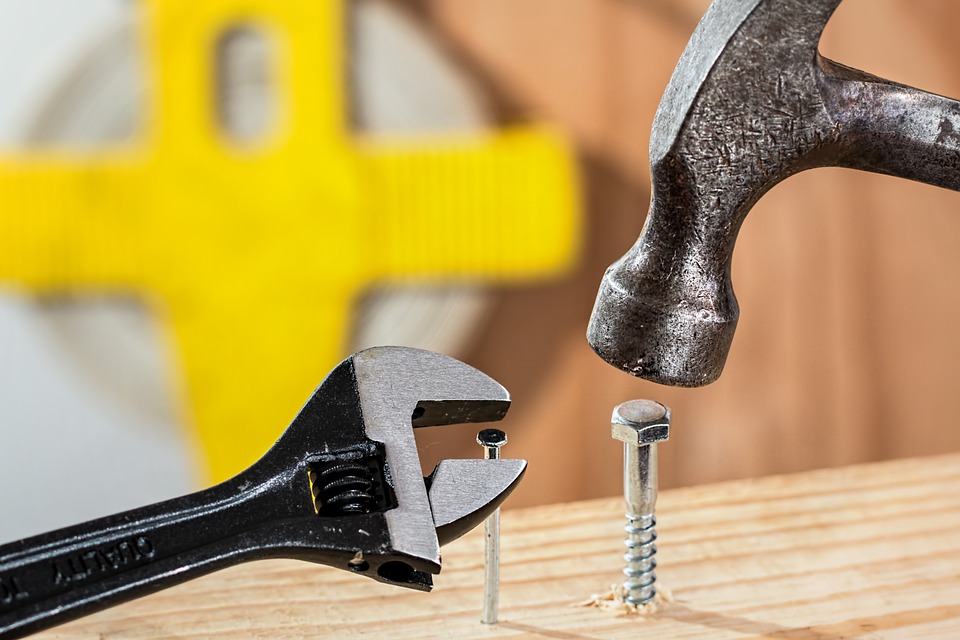Whether you consider yourself handy or you’re trying to become more handy, chances are you’ll use nails in the near future. You might be unaware that there are actually a tons of different nail options to choose from. Wandering through the aisles of Home Depot or Lowe’s will make this fact apparent.
Certain nails and nailers are better for certain types of jobs. There’s common nails, finishing nails, roofing nails, drywall nails, brad nails, box nails… this list could go on forever! Two types of nails that are commonly used by homeowners and professional contractors are brad nails and finishing nails.
When you come across a brad nailer and finishing nailer, you might assume they serve the exact same purpose; they are basically identical. That’s why it is essential to know the differences between the two before you make the purchase.
Know nothing about these two essential home hardware tools, but wanting to learn more? Keep reading to learn a few things about brad nails vs. finishing nails.
What are brad nails?
According to hunker.com, “a brad nail is the smallest of the nail family. It’s very thin and sometimes referred to as a wire nail. Brad nails have very small heads and can be hand-driven with a tack hammer or shot in with a pneumatic nail gun or electric nail gun. All types are readily available at hardware stores. Brad nails come in varying lengths, from 5/8-inch to 2 1/4-inch, and closely resemble finish nails.”
What is the difference between a brad and finish nail?
Since they closely resemble finish nails, this is where the confusion can happen. According to the same source, “the main difference between brad nails and finish nails is the gauge of the wire they’re made from. Brad nails are formed from 18-gauge wire, while finish nails are formed out of 15- to 16-gauge wire…”
“…A higher wire number means thinner wire, and a smaller wire number means the wire is thicker. Finish nails have larger heads, and will also leave larger holes in trim, which must to be filled with wood putty.”
So when should you use a brad nail?
Due to the small size, brad nails are commonly used throughout your house. They are often the go-to option for cabinets, fireplaces, and the trims around doorways, baseboards, and crown moldings. Using a small nail like the brad is crucial to prevent splitting during installation on delicate materials like trims and moldings. Since the nail’s head is so tiny, it is barely noticeable and doesn’t require any wood putty.
When should you use a finish nail?
Finish nails are actually used for the same types of tasks as brad nails. The main difference is that the head is a bit larger, so wood putty is often needed. If the wood you are handling is extremely delicate, however, you should steer clear of finish and stick to brad nails. Finish nails generally have a stronger holding power, but you have to use your best judgement when deciding between the two.

Leave a Reply
You must be logged in to post a comment.